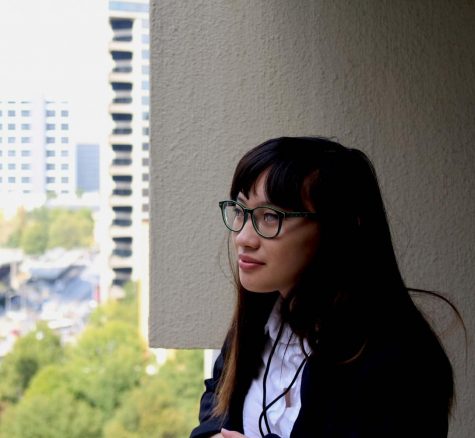Marcia Kiessling, associate provost for Student Affairs, said USI’s strategic plan is unlike any other she’s encountered at other universities.
“People actually know it, and people actually work toward it,” she said. “Most places I’ve worked, it’s kind of like this esoteric piece that a few people come up with and then they file it away.”
The Strategic Plan from 2010-2015 consists of six goals. From continuing traditions to extending service hours, the university has worked and is still working on meeting these goals. Each goal varies in its progress over the past five years. The goals are as follows:
Enhance experiential learning opportunities
“There was a lot of effort in increasing service-learning opportunities,” Kiessling said. “We’ve also increased emphasis on internships. Students want internships, and employers want that.”
The university purchased OrgSync software in January 2012, an online program where student organizations, volunteer opportunities and leadership roles are easily accessible to students.
USI has partnered with more study abroad programs and also tries to provide financial aid to those students.
Increase the graduation rate
Advising centers are now available within every college so students can meet with their advisors and create a plan for graduation, Kiessling said.
The university purchased DegreeWorks, an online program that helps students visualize what courses they need to graduate.
“It allows you to see with this new Core 39 (what you) need to graduate in four years,” Kiessling said. “It helps you get structured.”
She said the university implements an early alert system, under which students receive notification on how well they are doing in classes a few weeks in.
“A lot people have no clue where they stand,” Kiessling said.
Increase diversity of faculty, staff and students
In the fourth year update on the university website, minority faculty increased from 10.9 percent in 2010-2011 to 12.2 percent in 2012-2013. Minority students increased from 10 percent to 11.1 percent over the same time period.
The Multicultural Center is active on campus with events during Welcome Week and also Live at the Apollo, an annual student talent show.
The university has also been increasing the number of scholarships offered to international students.
Preserve and nurture the campus community
One component of preserving the university community is keeping up with campus traditions, such as SpringFest, Kiessling said.
She also listed Midnight Madness, Convocation and Live at the Apollo as vital traditions to keeping university spirit.
“Live at the Apollo is always full,” Kiessling said. “Sometimes they have to turn people away.”
Provide leadership in Indiana and the region
“I think our student leaders and their capacity in their organizations do a lot of interface with the community,” Kiessling said. “The examples are things like the Dance Marathon and some of the philanthropies that the fraternities and sororities do.”
Become a 24/7 campus
“Basically we’re trying to make the campus more vibrant,” Kiessling said. “On the weekends, we’re trying to have more services available to students and for more hours.”
The library and the REC have expanded their hours.
APB coordinates movies on Thursdays and Saturdays as opposed to only on Thursdays before the Strategic Plan.
“We’ve made efforts and continue to make efforts,” Kiessling said. “We’re going to give student organizations an opportunity to keep the University Center open later for special activities they want to do.”
She said that’s been something the university has been wanting to do, but it lacked the infrastructure.
“(The Strategic Plan) has been, I think, very successful,” Kiessling said. “I hope the president is proud of this effort because it’s a living document.”



